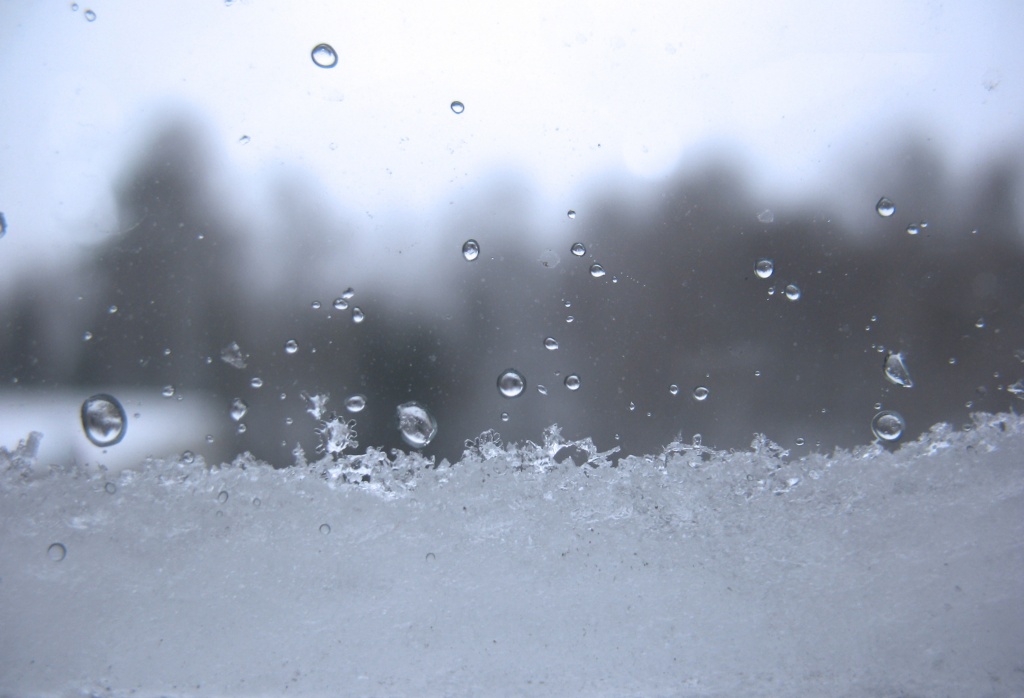What Do I Need To Do To Winterize My Window Wells?

Winter is just around the corner, and it’s time to think about preparing your home for the cold weather. You’ve checked the insulation, your HVAC system, the sealing around your windows and doors – but did you remember the window wells?
Many people overlook the needs of their basement windows and window wells, the semi-circular excavation that surrounds a basement window to provide light and drainage. Make winterizing your window wells a regular part of your fall-time inspection routine – it’s easy, and it could save you a lot of money!
Basement Windows Are A Prime Spot For Leaks
Basement windows present a unique spot for water to leak into your lower levels. Because the window is where the foundation meets the ground, they should be surrounded by a window well. This outside cavity is made using a sturdy material to frame the hole, like aluminum; they should also include a little drain situated beneath a permeable material like a crushed stone to divert melting snow and ice away from the foundation.
 Basement windows often pose an insulation problem as they don’t always prevent cold air from penetrating your home. But even with the window well, basement windows can threaten your basement; water can still seep through gaps in the window frame, causing dampness, mildew and mold formation, and mustiness. If the leaks are large enough, the water can damage anything you keep in your basement.
Basement windows often pose an insulation problem as they don’t always prevent cold air from penetrating your home. But even with the window well, basement windows can threaten your basement; water can still seep through gaps in the window frame, causing dampness, mildew and mold formation, and mustiness. If the leaks are large enough, the water can damage anything you keep in your basement.
To winterize your window wells, start from the inside and make sure that the caulking around your basement windows is in good condition, with no cracks or gaps. Next, go to the outside and check the current state of your window well. You’ll want it to be clear of anything that could clog the drainage line that lies below the filtration.
Adding A Cover To Your Window Well
 Winterizing your window well means not having to shovel it out all winter long. Snow shouldn’t accumulate in your window well; when it melts, the water pooling outside the window can overwhelm the system, and this moisture can leak around the window frame and into your home. If you find that it is too awkward to clean the snow out of this space, invest in a window well cover.
Winterizing your window well means not having to shovel it out all winter long. Snow shouldn’t accumulate in your window well; when it melts, the water pooling outside the window can overwhelm the system, and this moisture can leak around the window frame and into your home. If you find that it is too awkward to clean the snow out of this space, invest in a window well cover.
While most window wells are designed to handle water, other elements like leaves, twigs, dirt, and weeds can build up, clogging them and preventing drainage. Adding a window well cover can prevent any snow or ice from building up in this space, stopping moisture from getting through weaknesses in sealing.
You can find window wells made from clear plastic to make sure that natural light can still get into your basement. Window well covers will benefit you well after the end of winter. Whether it’s winter, spring, summer, or fall, keeping your window wells covered can improve the drainage around your windows and keep your basement dry!
